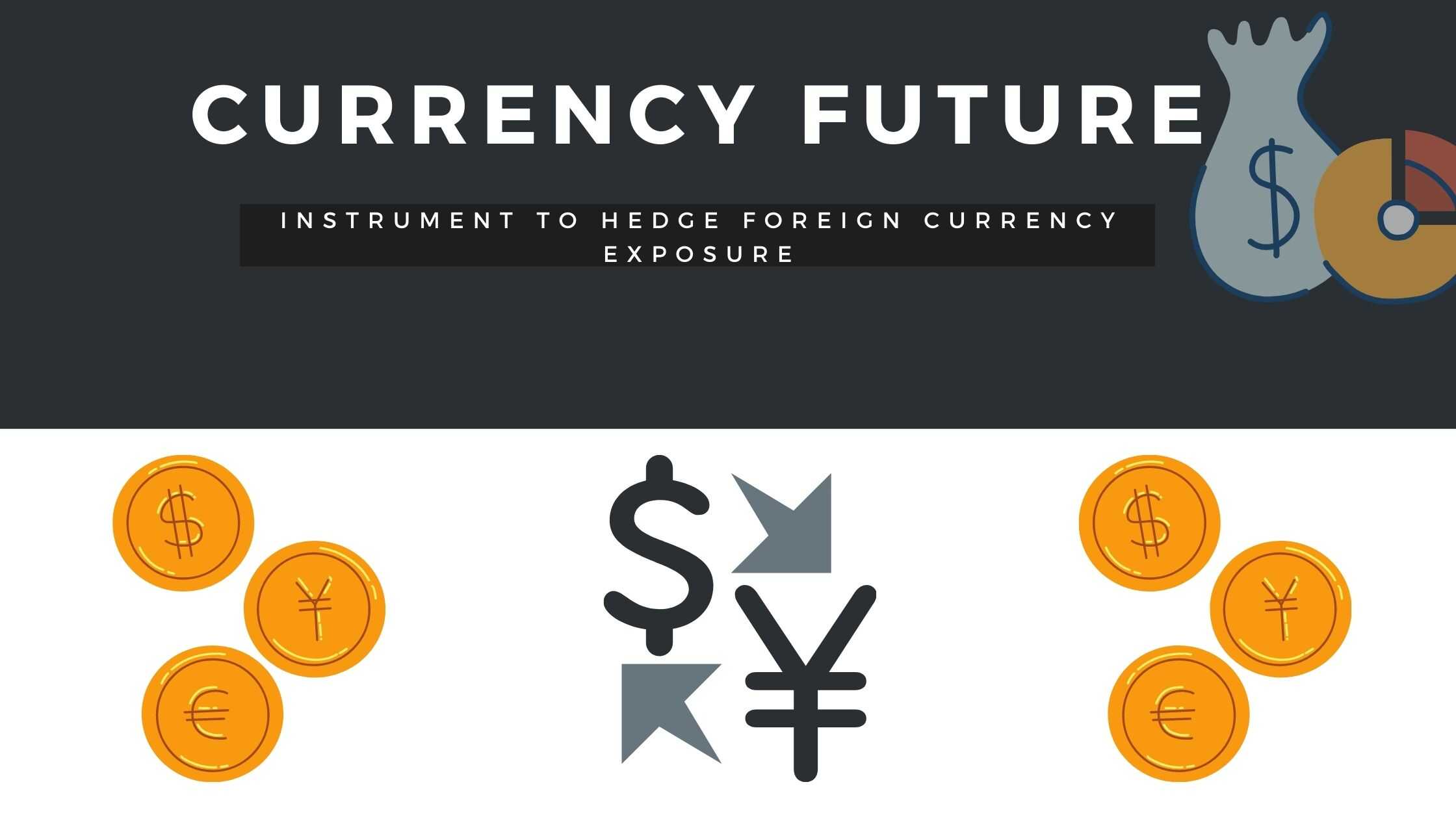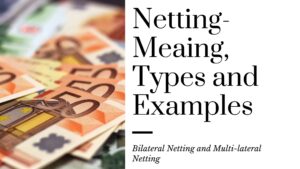Table of Contents
Meaning
Under Currency future contract two parties are agreed to buy or sell an underlying currency at future date on agreed upon price. This derivative contract provides both parties a right and an obligation.
Future contracts are quoted on stock exchange and these derivative contracts are fully standardized. These characteristics of currency future contract makes it different from currency forward contract.
Currency Future buyer has the right to receive the delivery of underlying currency and has an obligation also to pay the agreed price. Similarly, Currency Future seller has right to receive the agreed price but has an obligation to deliver the underlying currency on specified date.
Hedging Using Currency Future
Currency Future can be used for hedging exposure in foreign currency.
Let’s take an example, Mr. Rajesh is an Indian importer and he has bought a Machine from USA. He is required to pay $1,00,000 after 60 days. Current spot rate is 1$ = ₹ 73.50.
Now think what would be concern for Mr. Rajesh as an importer?
His concern would be that price of $ in terms of ₹ may increase in future i.e. after 60 days. In simple word, he is concerned that he has to pay more ₹ to buy $ after 60 days as compare to current scenario.
After 60 days spot rate 1$ = ₹ 76.10. In this scenario Mr. Rajesh has to bear loss of ₹ 2,60,000 [$1,00,000 * (76.10 – 73.50)].
But he can reduce or eliminate such losses by entering into currency future contract.
Suppose he entered into currency future contract to buy $1,00,000 at price of ₹ 73.90 per $.
After entering into future contract, he has two option either he can take delivery of currency or he can squire off his position in future contract and settle the transaction in normal market.
Option-I: – Taking delivery under currency future contract-
In this case loss would be ₹ 40,000 [$1,00,000 * (73.90 – 73.50)].
Option-II: – Squire off position under currency future contract-
Suppose price of currency under future contract after 60 days is equal to spot rate i.e. 1$ = ₹ 76.10.
Mr. Rajesh initial position is buying position therefore, to squire off he will sell $ 1,00,000 at ₹ 76.10.
As Mr. Rajesh has bought future contract at lower price and sold at higher price, therefore, Profit under currency future contract would be ₹ 2,20,000 [$1,00,000 * (76.10 – 73.90)]
Loss under forex market ₹ 2,60,000 [$1,00,000 * (76.10 – 73.50)].
Net loss would be ₹ 40,000 [₹ 2,60,000 – ₹ 2,20,000].
In both the cases loss, by entering into future contract, would be same i.e. ₹ 40,000.
You can see that by entering into currency future contract Mr. Rajesh has reduced his loss by ₹ 2,20,000 [₹ 2,60,000 – ₹ 40,000].
Before entering into contract both the parties are required to deposit initial margin with exchange.
Key Features
- Protection against forex rate volatility
- Traded on stock exchange like National Stock Exchange (NSE) or Bombay Stock Exchange (BSE)
- Standardised contract
- Liquid Market
- Parties can exit the contract before the expiry of contract that means squire up is allowed
- Margin is required
- Default risk would be on stock exchange
Example
An American exporter will receive £10,00,000 within 60-days for exporting medicine to UK. Exporter anticipates that price of £ in terms of $ may fall in future. Therefore, he decided to enter into currency future contract. Following are the details –
Spot Rate: 1£ = $ 1.31
Future Contract Rate: 1£ = $ 1.26
Contract Size: £ 10,000
Spot Rate after 60 days 1£ = $ 1.21
Ans: –
No of Future Contract = £ 10,00,000/ £ 10,000 = 100
The exporter has bought a 100-currency future contract, therefore he has right to sell £ (Currency) at $ 1.26 (Strike Price).
At the expiry of the contract spot price of the £ is $ 1.21.
The exporter will sell £ under the future contract and, in this case, loss would be$ 50,000 [£10,000 * 100 * (1.31 – 1.26)].
Now think, what would be loss, in case exporter didn’t hedged himself under future contract.
Loss, in case exporter not hedged himself under currency future, would be of $ 1,00,000 [£10,00,000 * ($1.31 – $1.21)] Now you can see that how importer has reduced his loss by $ 50,000 ($ 1,00,000 – $50,000) which is almost 50%.
If you want to know about currency option then click here.




